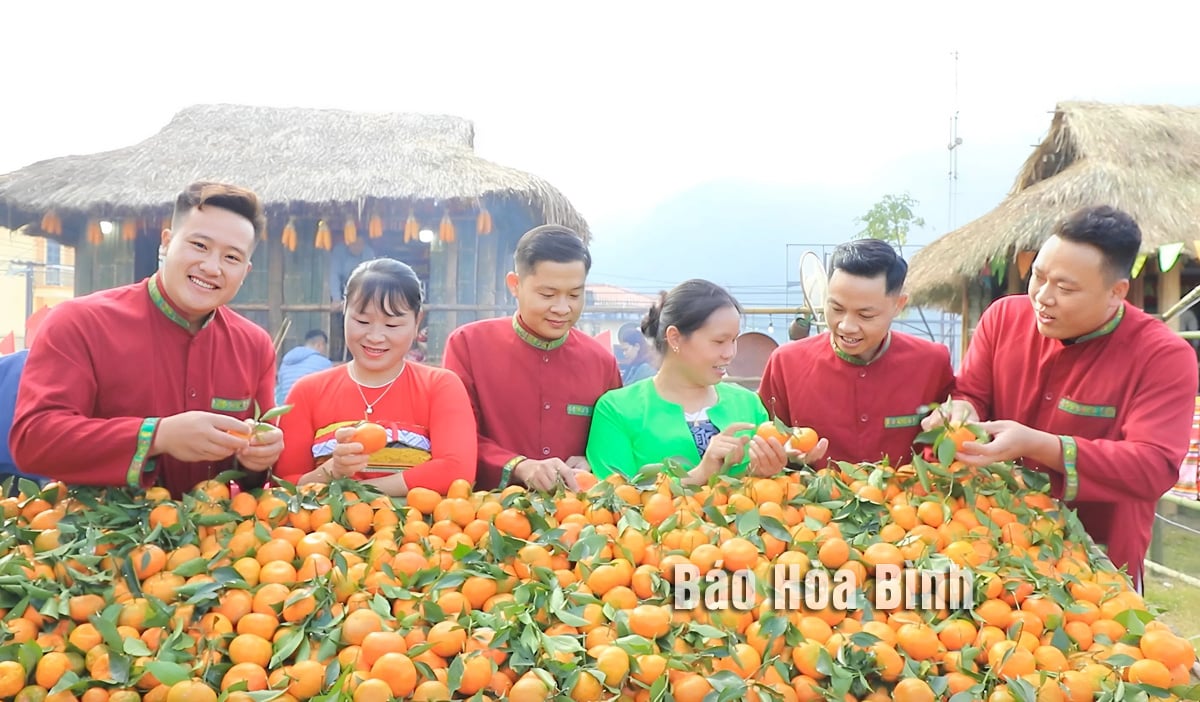
Nam Son ancient tangerine has become a key crop, bringing high economic efficiency to people in the highland communes of Tan Lac.
With an altitude of about 1,000m above sea level, the 3 highland communes of Tan Lac district are known as the "roof" of Muong Bi. Not only possessing majestic natural scenery and fresh climate, this place also preserves almost completely the cultural identity of the Muong ethnic group. In recent years, along with the orientation of the Party Committee, the government and the consensus of the people, Tan Lac highland has transformed strongly on the journey of developing sustainable agriculture and community tourism associated with preserving traditional culture.
95% of the people here are Muong ethnic group, their main income comes from agricultural production. Thanks to the application of science and technology and changes in production thinking, many effective agricultural models have been born. A typical example is the Nam Son ancient tangerine tree - a specialty tree with outstanding quality, associated with the people for generations. From an area of over 50 hectares in 2015, up to now, the tangerine area has expanded to over 180 hectares. Nam Son tangerines are commonly grown in 17/17 hamlets of Van Son commune and have been protected by the Collective Trademark, opening up opportunities for commodity development, increasing the value of local agricultural products. In addition, many other typical agricultural products such as Quyet Chien chayote, Bac Son purple garlic, off-season vegetables, snow tea, herbs... have also gradually affirmed their brands in the market.
Along with agricultural development, community tourism (CTT) is becoming a potential direction for the highland communes of Tan Lac. On October 17, 2022, the Standing Committee of the Provincial Party Committee issued Resolution No. 13-NQ/TU on "building highland communes of Tan Lac district into provincial-level tourist areas by 2030, with a vision to 2050". Up to now, the implementation of the Resolution has initially achieved positive results when 3 model community tourism spots have been built in the hamlets: Hay Duoi (Van Son commune), Bac Thung (Quyet Chien commune), Luong Ca (Ngo Luong commune).
Comrade Bui Thanh Duong, Vice Chairman of Van Son Commune People's Committee said: "With support from the Australian Fund for the People of Asia and the Pacific (AOP), the locality has successfully implemented the project "Improving sustainable livelihoods through developing community-based tourism". In particular, the homestay model in Chien hamlet is the most prominent activity. It stands out with experiential activities imbued with the Muong ethnic identity such as staying in a stilt house and enjoying typical cuisine prepared by the people. In 2025, the community-based tourism model will continue to be implemented in Hay Duoi hamlet, 3 households have repaired and upgraded their houses to serve guests."
In Bac Thung hamlet (Quyet Chien commune), 2/3 households participating in the model have completed and officially welcomed tourists. New tourist destinations such as Pang beach and Thung waterfall have also formed attractive camping spots, attracting 300 - 500 visitors each weekend.
In Ngo Luong commune, where the primeval ecosystem is well preserved, community-based tourism has been implemented in Luong Ca hamlet. With 97% of traditional stilt houses intact, concrete roads within the hamlet, electricity and telecommunications guaranteed, 5 households have registered to provide accommodation services, and at the same time established groups to serve tourists, contributing to creating more income and stable jobs.
In addition to positive results, the implementation of Resolution No. 13-NQ/TU on developing Tan Lac highland communes into provincial-level tourist areas by 2030 still faces many difficulties. In particular, degraded traffic infrastructure, narrow roads, many seriously damaged sections... are major barriers that make tourists hesitant when choosing tourist destinations. Essential conditions for tourism such as parking lots, water supply and drainage systems, waste treatment, clean water supply, electricity grid, telecommunications, information stations, tourist support... are also lacking and weak. These are urgent issues that need to be coordinated and resolved synchronously by all levels, sectors and localities, in order to create a solid foundation for sustainable tourism development.
The results achieved in recent times are clear evidence of the initial effectiveness of Resolution No. 13-NQ/TU. With the drastic participation of authorities at all levels, the initiative of the people and the support from development policies, Tan Lac highland has gradually affirmed its position as one of the attractive destinations of Hoa Binh tourism. Developing tourism economy associated with clean agriculture and preserving indigenous culture not only opens up a sustainable direction for highland communes, but also creates an important premise for Tan Lac to make a breakthrough in the coming period - realizing the goal of becoming a provincial-level tourist area.
Huyen Trang
Source: https://baohoabinh.com.vn/274/200748/Tuong-lai-sang-cua-cac-xa-vung-cao-Tan-Lac.htm


![[Photo] Solemn opening of the 9th Session, 15th National Assembly](https://vphoto.vietnam.vn/thumb/1200x675/vietnam/resource/IMAGE/2025/5/5/ad3b9de4debc46efb4a0e04db0295ad8)


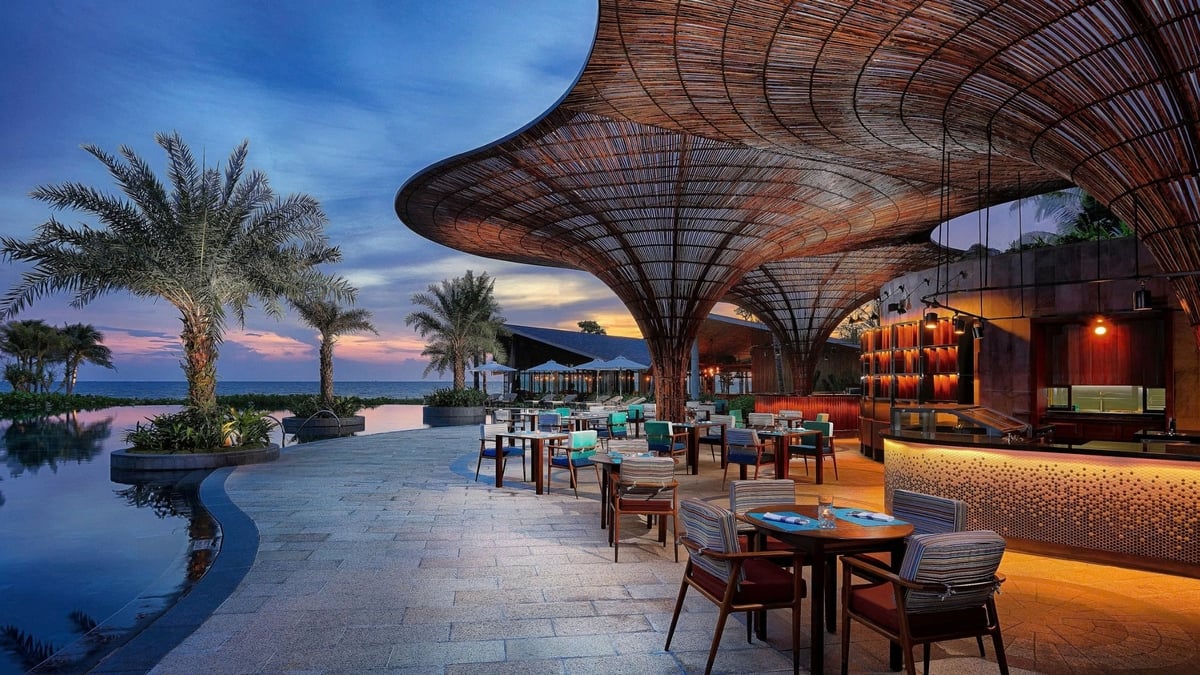
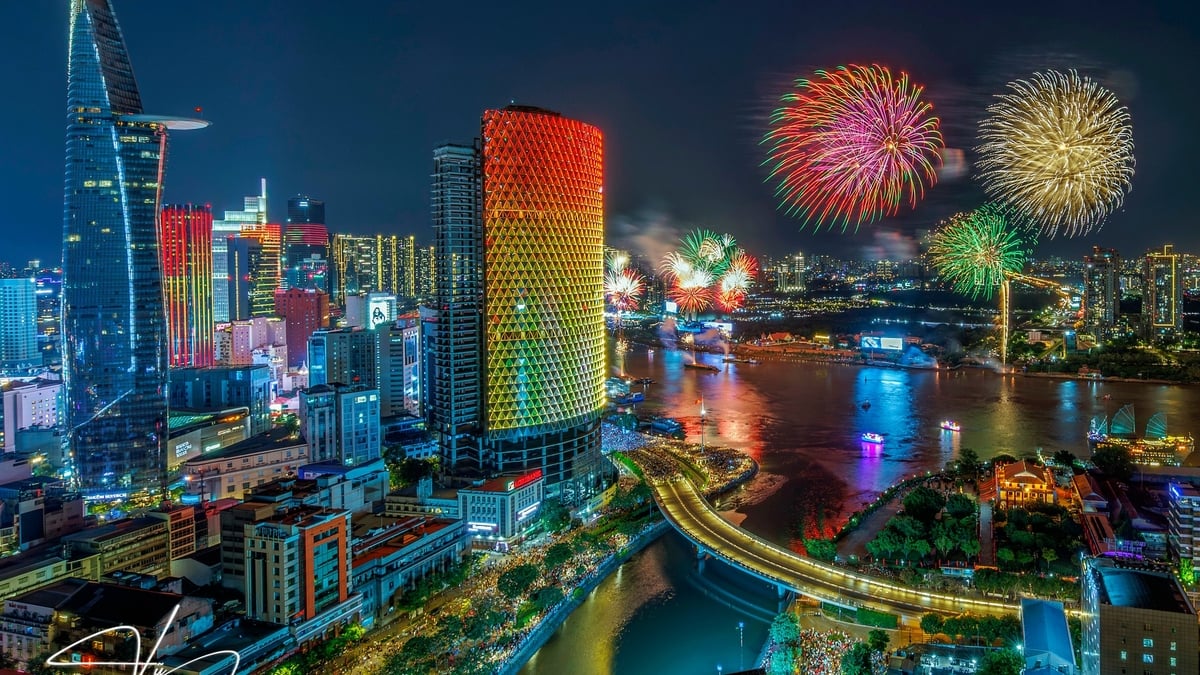
![[Photo] President Luong Cuong presided over the welcoming ceremony and held talks with Sri Lankan President Anura Kumara Dissanayaka](https://vphoto.vietnam.vn/thumb/1200x675/vietnam/resource/IMAGE/2025/5/5/bbb34e48c0194f2e81f59748df3f21c7)



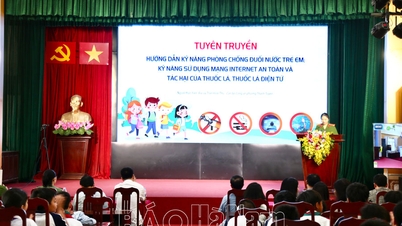






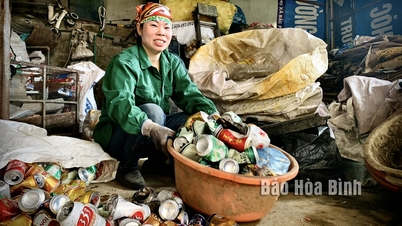


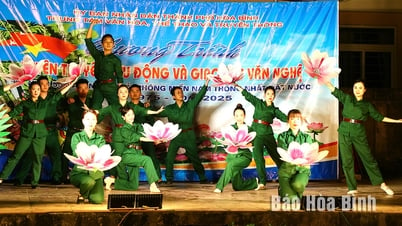


![[Photo] National Assembly delegates visit President Ho Chi Minh's Mausoleum](https://vphoto.vietnam.vn/thumb/1200x675/vietnam/resource/IMAGE/2025/5/5/9c1b8b0a0c264b84a43b60d30df48f75)



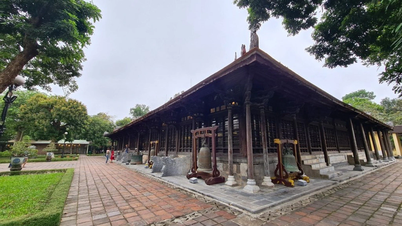



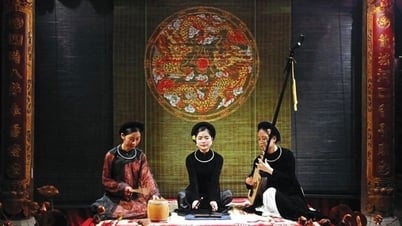


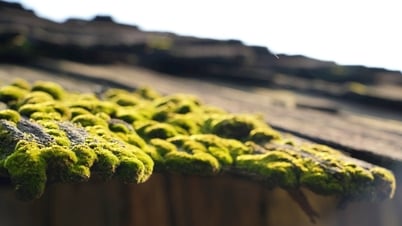






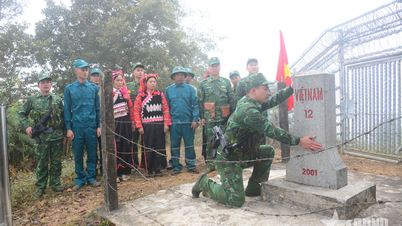



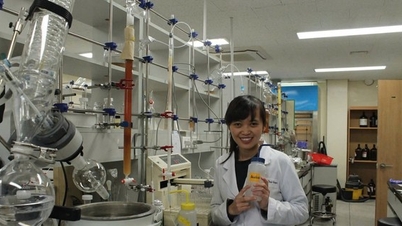




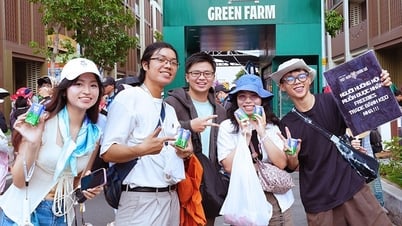






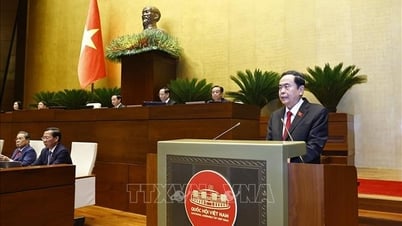

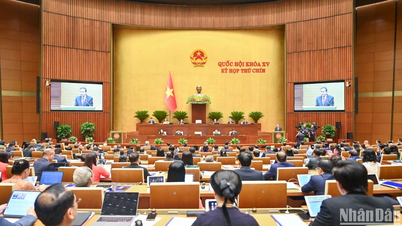


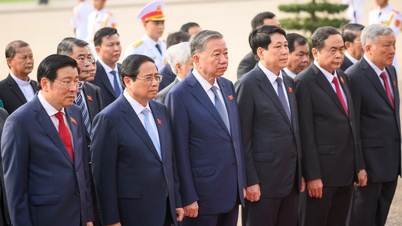
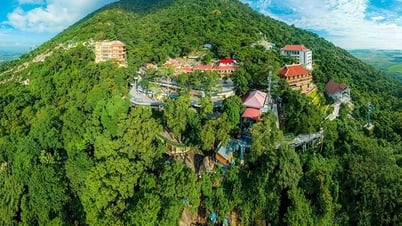



















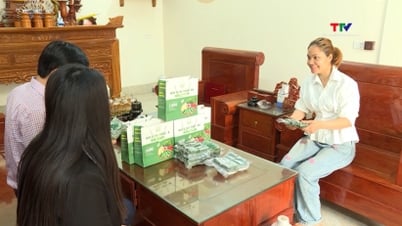

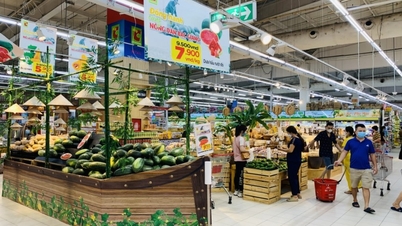


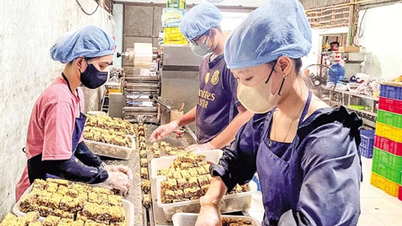





Comment (0)